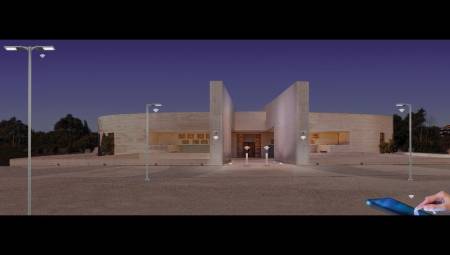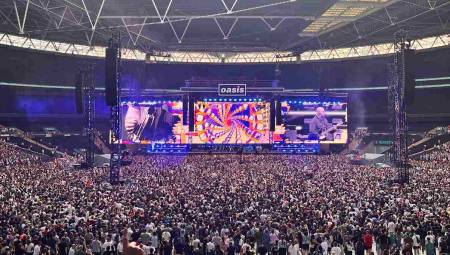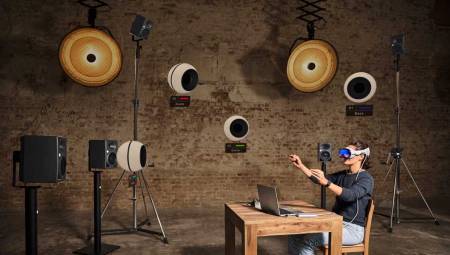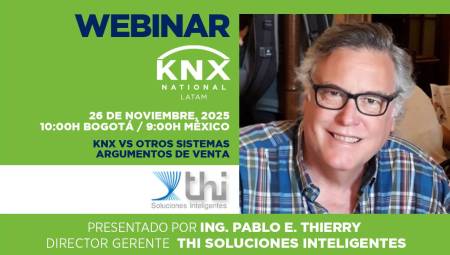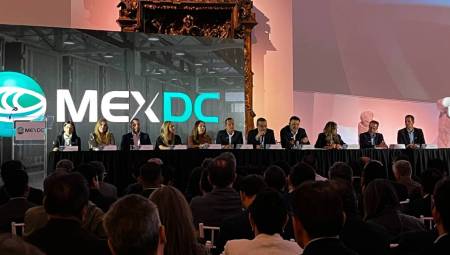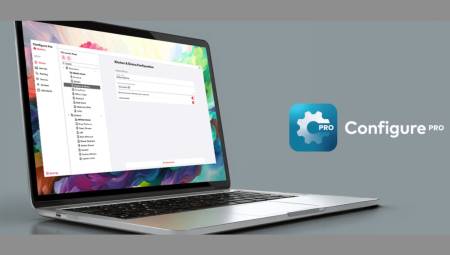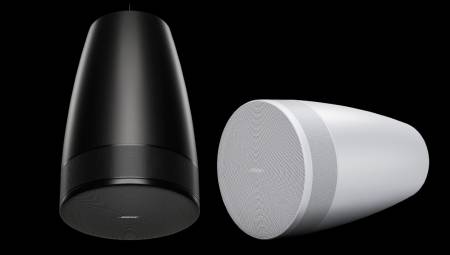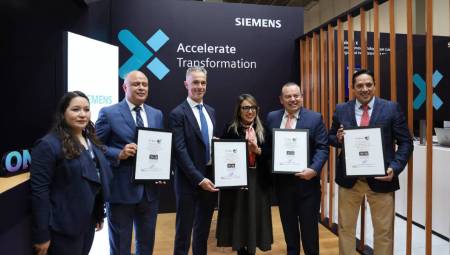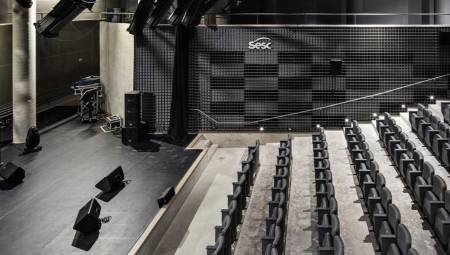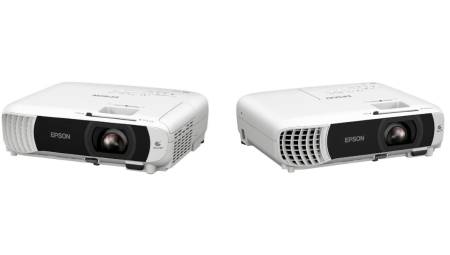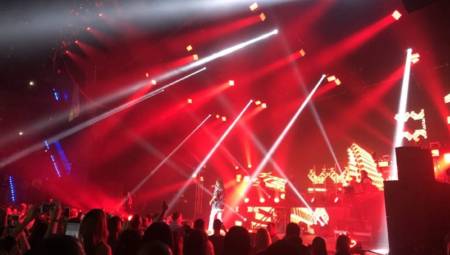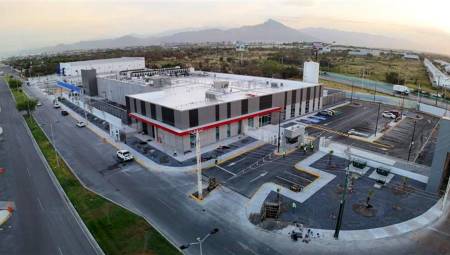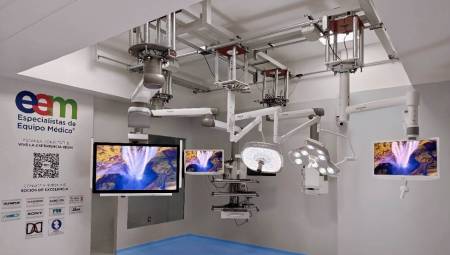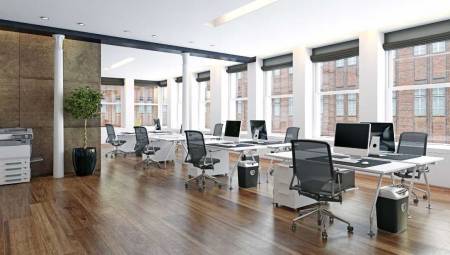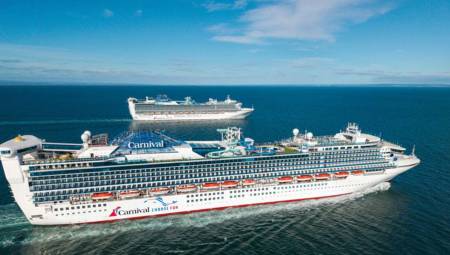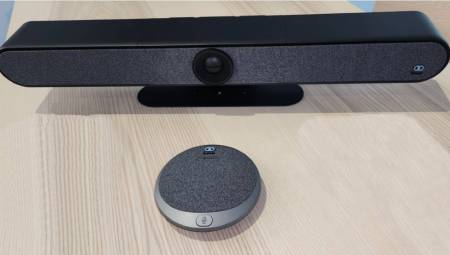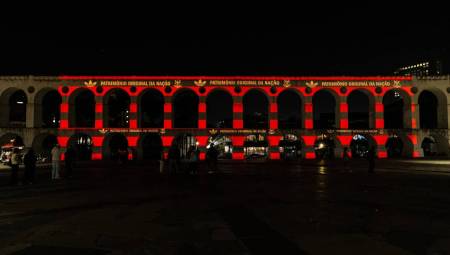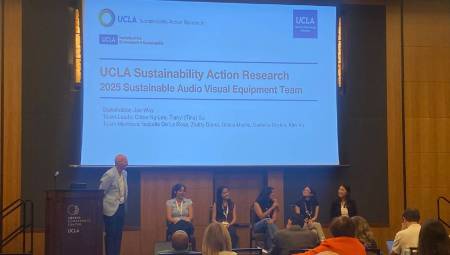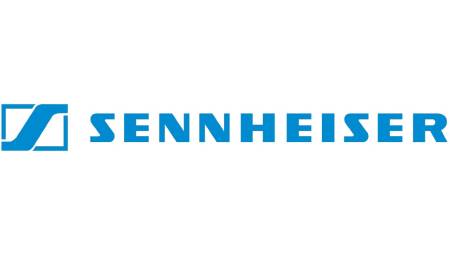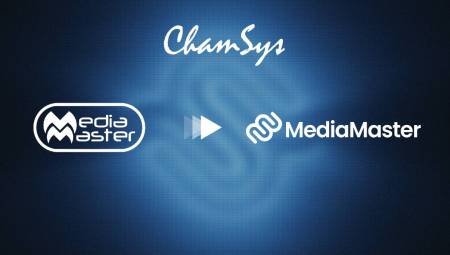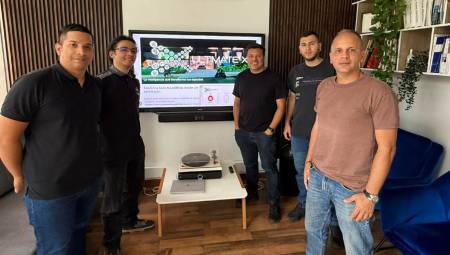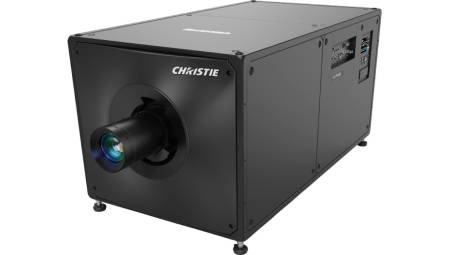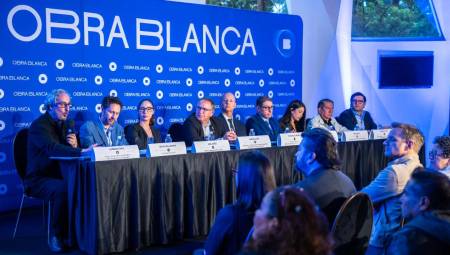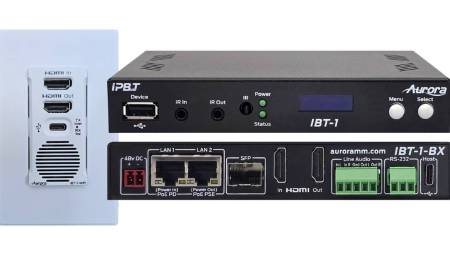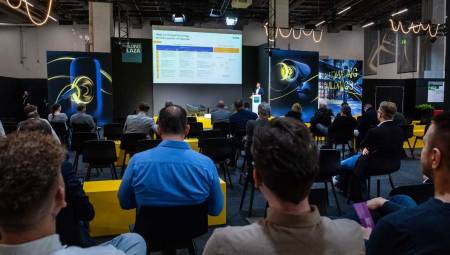LED technology is a quinciañera that has a long history behind it. The author offers a journey through time to talk about its origins and its current characteristics.
By: Adrian Morel*
 The LED display industry has already turned 15 years old. At that time the technology offered very little and the costs were unattainable. Today, the technology is of the latest generation and prices are becoming more affordable.
The LED display industry has already turned 15 years old. At that time the technology offered very little and the costs were unattainable. Today, the technology is of the latest generation and prices are becoming more affordable.
A bit of history
In simplified terms, about 40 years ago the Hewlett-Packard company, while developing microchips for its computers, discovered a particular chip that its only benefit was to illuminate. At that time, this chip called "Light-emitting diode" or "LED" went unnoticed. In the '90s, Hewlett-Packard and Philips began exploring the commercial possibility of those LEDs. At the same time, on the other side of the hemisphere and in 1993, the Nichia company of Japan, began its production of the first blue LED.
Once the production of LEDs was consolidated in a semi-massive way, those responsible for marketing and commercial areas began to look for all possible applications through all available industries. Thus, LEDs broke into the electronics industry, traffic lights, signaling for transport, the automotive industry, shipping, aeronautics, airports, beaconing, architectural lighting, signage, etc.
In 1996, an executive of a Hong Kong company, decided to make for the first time a monochromatic signage sign, which was then improved to full-color and finally ended up being the LED product for video that we know today.
The first LED screens called RGB
The first LED screens offered very little and cost a lot. The term RGB comes from the acronym of the English Red, Green and Blue (red, green and blue), which with this combination of basic colors forms the colorchromatic spectrum. Speaking of color, there are infinite combinations of colors, the greater the amount of combination a screen has, the greater the definition of it. For example, a combination of 256 colors is very basic and limited, compared to a combination of 16.4 million colors, where the definition is much better (but still limited). Today, 16.4 million color displays with 8 bits no longer exist on the market (or should not exist), because today's displays are consistently offering 4.4 trillion colors with 14 bits with 5,000 NITs.
The screens of 16 million colors, misnamed low resolution, are actually lighting displays, which in the industry are called "M2" technologies, that is, they do not have the full capacity to transmit video with high definition. The screens that have trillions of colors (M4 technology) are called HD or high definition and are used for large events.
Three projects, three different visions.
Today there are three projects that self-dominate the largest LED displays in the world; they are Comcast Center Philadelphia, Beijing Mall and Beijing Xicui
According to LED magazine, the Comcast Center in Philadelphia is a full-video LED screen of 196 square meters (25.38 meters of base x 7.74 meters of height), which had a cost of U$S 22 million according to public figures. That is, the square meter had a cost of US $ 112,000. Perhaps this is the largest screen in the world as long as we are talking about 4 mm resolution.
The screen called "skyscreen" installed in a shopping center in Beijing, has a dimension of 250 x 30 meters. According to the Gizmodo blog, the 7500 square meters of screen cost the sum of US $ 32 million. This means that the cost per square meter was US$ 4,266.
The Xicui Entertainment in Beijing, designed by the New York studio SIMONE GIOSTRA & PARTNERS, is an LED display of 2,200 square meters and has 2,292 colors, providing animated lighting. The interesting thing about this project is that it self-supplies with photovoltaic panels or solar panels. Its cost is not in the public domain but if it were it would be difficult to estimate it because of the solar development incorporated in it.
Conclusions
Projects with LED panels have all sizes and all budgets. We can find screens of 100,000 up to 4,000 dollars per square meter full color. The sale price is an important component to start with, but the service package is much more complex. The after-sales warranty, periodic maintenance services, repairs, tuning and longevity of the screen make the sale price represent only a part of the overall project. The experience of the manufacturing company and the experience of the architects or installation companies also add to the attractiveness of the project. As a recommendation, look for those suppliers that can show you in real way screens installed with several years old and in operation, being the renderings of much help but nothing compares to "the real thing".
*Adrian Morel is a business consultant and can be reached in Los Angeles, California ([email protected])







